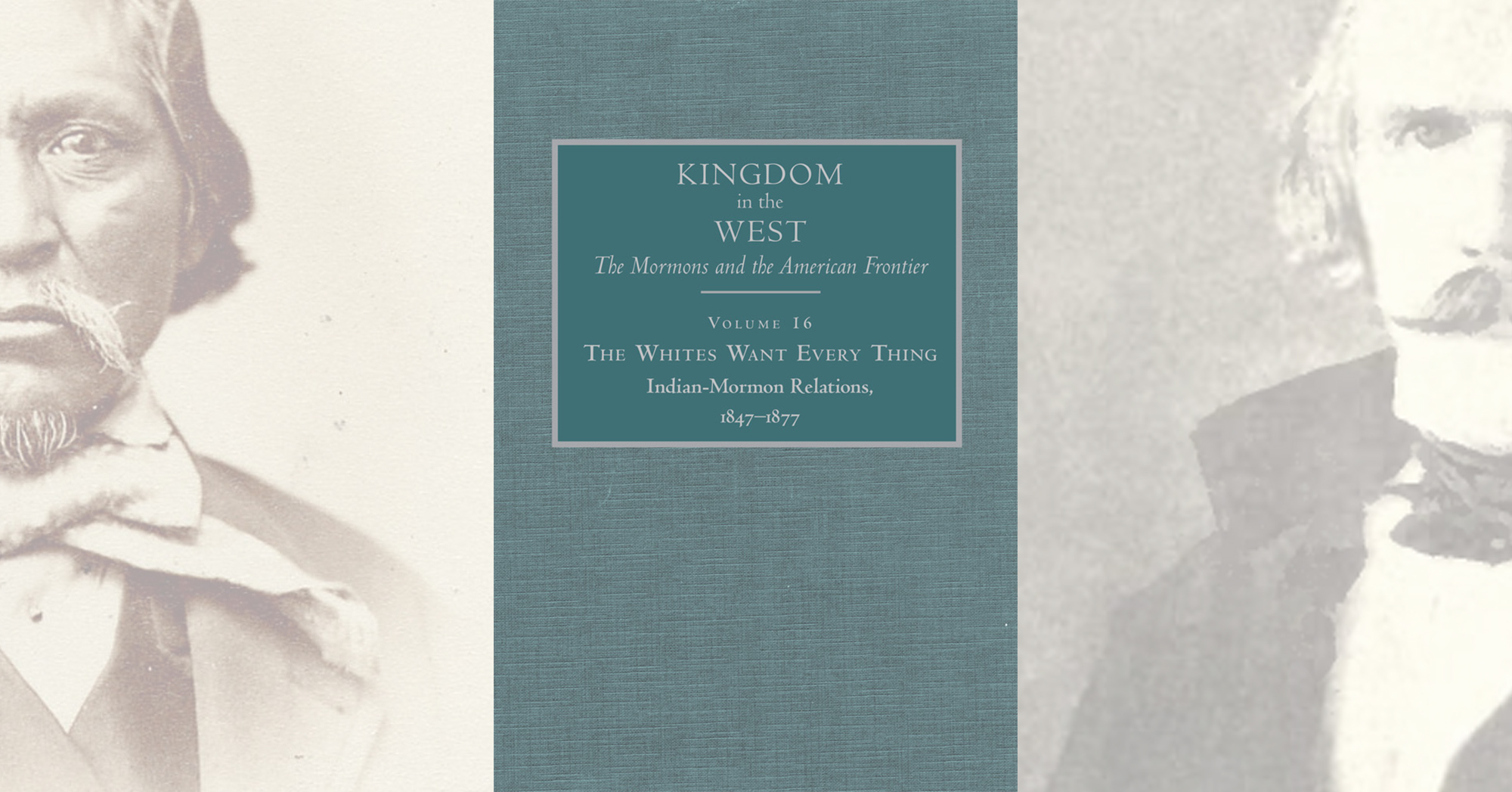The Whites Want Every Thing: Indian-Mormon Relations, 1847–1877 (Vol. 16 of Kingdom in the West: The Mormons and the American Frontier), edited by Will Bagley, The Arthur H. Clark Co., Norman, Okla., 2019, $55
Simplified accounts of the American West in the mid-19th century tend to depict Mormon settlers as sympathetic allies of the Utes, Shoshones and other American Indians with whom they shared the Great Basin. Aside from the obvious fact that both Mormons and Indians faced a challenge when it came to dealing with other white settlers and the U.S. Army soldiers who backed them up, as early as 1828 Joseph Smith Jr. gave Indians a central role in his Book of Mormon. He said they were descendants of the Ten Lost Tribes of Israel, errant Jews he called “Lamanites” who were waiting to be restored “to the knowledge of Jesus Christ” (of Latter-Day Saints), thus fulfilling biblical prophecy. A closer look into the way history really unfolded reveals things were not that simple. Persecuted as they so often were, Mormons in the East had little time to go proselytizing among the tribes. Those who settled in and around what would become Utah tried to coexist with their neighbors, but that did not always go as hoped during the inevitable conflicts over arable land and water, which made up less than 4 percent of the territory. Indeed, some of the wars fought between the Mormon arrival in 1847 and the death of Brigham Young in 1877 pitted Mormons against Indians rather than the two in uneasy alliance against the bluecoats.
The Whites Want Every Thing is the final volume in a series of books about the Mormon frontier experience and, in the opinion of editor Will Bagley, “the most difficult of all the 16 volumes of the Kingdom of the West series to compile.” White officials of the era transcribed much of the documented material of the Indian viewpoint, leaving open the question of whether they honestly reflect the thoughts of the speaker or the transcriber. Bagley, an award-winning author and diligent editor, is a self-professed Mormon and confesses the imbalance between his upbringing against the American Indian experience. Nevertheless, he did his level best to gather all available firsthand material to allow participants from either side speak their piece regarding this troubled 30-year period in the Great Basin and, in so doing, has derived fresh answers to the question, When the lion goes among the lambs, who is the lion, and who are the lambs?
—Jon Guttman





